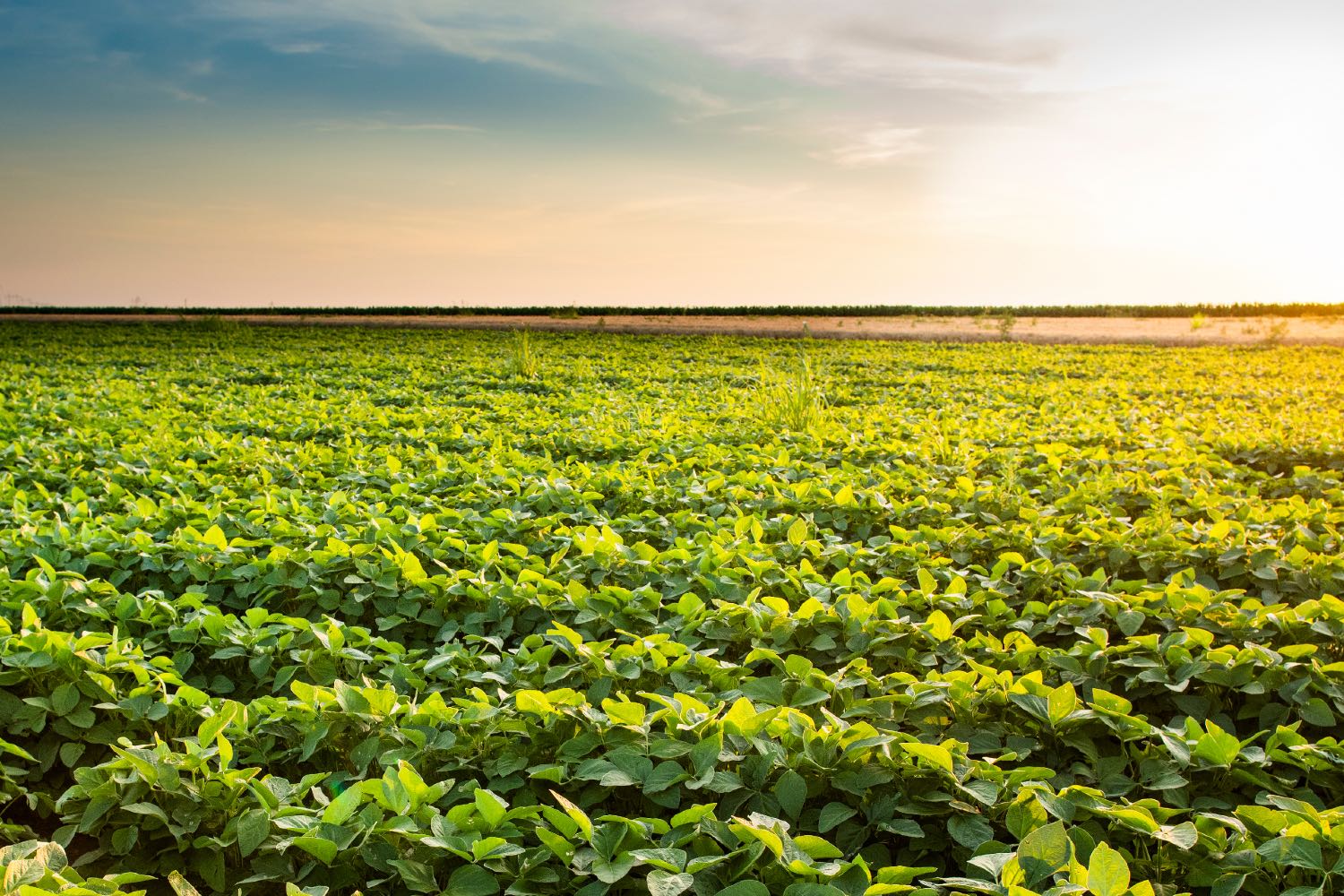Since the breakout of Covid-19, the prices of fertilisers have been rising monthly. This has been compounded with the war in Ukraine. Regardless of whether the commodity prices of fertiliser rise, farmers must continue producing, because we all need food. Food is a necessity, and we all need to eat every day. Soya bean (Glycine max) is a very important food legume crop being cultivated extensively all over the world. It is needed for various food requirements for both humans and animals.
To cultivate it successfully, farmers must follow certain basic agronomic practices to maximise yields and get a better quality crop. Now that the planting season is upon us, it is our obligation as Syngenta to provide farmers with information that may help improve their farming enterprises.
Protect the seed and the young plant
The practice in Zambia by all seed companies is that they do not treat the seed before being put on the market for the farmer to procure. Some seeds may contain disease pathogens even before they are planted in the soil. Additionally, the soil in which the seed is planted contains thousands of different disease-causing pathogens. When the environment becomes conducive, these pathogens are ready to grow and infect the plants. It is therefore a must that the farmer treats the seed before planting to protect the genetic potential of the seed. This also gives the plant a good start in the critical times when they are susceptible to diseases.
Syngenta introduced a new product on the market called SoyaStarter+. This is a combination pack comprising APRON® Plus Beans, Atuva® and Cruiser®. This is a product combination that has done wonders for soyabean production in South Africa and Latin America. We are excited to introduce these innovative technologies to the Zambian farming community.
APRON® Plus Beans is a seed-applied fungicide (SAF) that will protect your seed and seedlings in the early establishment of the crop. This works in the first four to six weeks depending on the conditions. This is similar to what happens to human beings; when a child is born it is prone to be affected by different diseases because its immune system is not well developed. Doctors immunise babies against different diseases. This is the same principle that seed treatment provide; they give protection to the seed and seedling in the early stages of the crop.
What happens if the seed is not treated?
Some farmers, especially small-scale farmers, plant the seed without treating. This leads to many problems, such as reduced germination. Because some seeds get infected as they germinate, they fail to germinate. Others that manage to germinate die back a few days or weeks after germination because the diseases kill the plant.
A number of those surviving beyond four weeks grow with less vigour, even after being provided with adequate fertilisers, because they have inherent diseases. Some of these diseases affect the plant at germination but only express symptoms later in the growth stages of the crop. All these factors contribute to low yields because they affect plant population, crop establishment, and vigour.
Every farmer’s dream is to get a good yield; a yield above 2,5 tonnes per hectare. Farmers may not get a yield above this threshold if they do not protect their seed at planting and the seedling as it grows.
Nitrogen fixation in soya beans
To effectively grow soya beans, they need to be fed with all the nutrients required for plant growth. These nutrients are obtained from the soil. However, the soil may not have the nutrients in the right amounts and forms. Therefore, farmers need to supplement nutrients by applying fertiliser.
One of the nutrients that is essential for soya bean production is nitrogen. This nutrient is supplied through synthetic fertiliser like D-Compound, urea, calcium nitrate, ammonium nitrate, and other blends of fertilisers.
However, soya beans, like many other legumes, can fix atmospheric nitrogen to plant-usable nitrogen. They do this by using bacteria that live in symbiosis with the plant. This bacterium is called Rhizobium japonicum. It can be found in the soil; however, it is commercially supplied through inoculants. Most of the bacteria found in the soil are survivors and are not effective in converting atmospheric nitrogen to plant-usable nitrogen.
By using inoculants, farmers cut on the cost of using synthetic fertilisers, thereby, making their soya bean production more efficient. One of the most effective inoculants introduced by Syngenta is called Atuva®. It is one of the best inoculants you can find on the market; it is originally from Argentina and used extensively in commercial soya bean production there. Amongst the countries using Atuva®, you will find Ukraine and Russia; both giants in grain production, including soya beans.
Zambia is the first country in Africa to register the product on soya beans and plans are underway to register it for other crops as well. Some of the attributes of Atuva® are that it has a low dosage rate of 0,2 ℓ per hectare. It has a high bacterial load per millilitre and has been produced using new osmo protection technology. This product does not need refrigeration but can be stored at room temperature and be used for two seasons. Atuva® is found in two pack sizes; a 50 ml that can treat 25 kg of seed and 2 ℓ that can treat ten hectares of soya bean fields or one tonne of seed.
Syngenta wishes you the best season ever as you reap the rewards of quality products from your Innovation Powerhouse partner!









